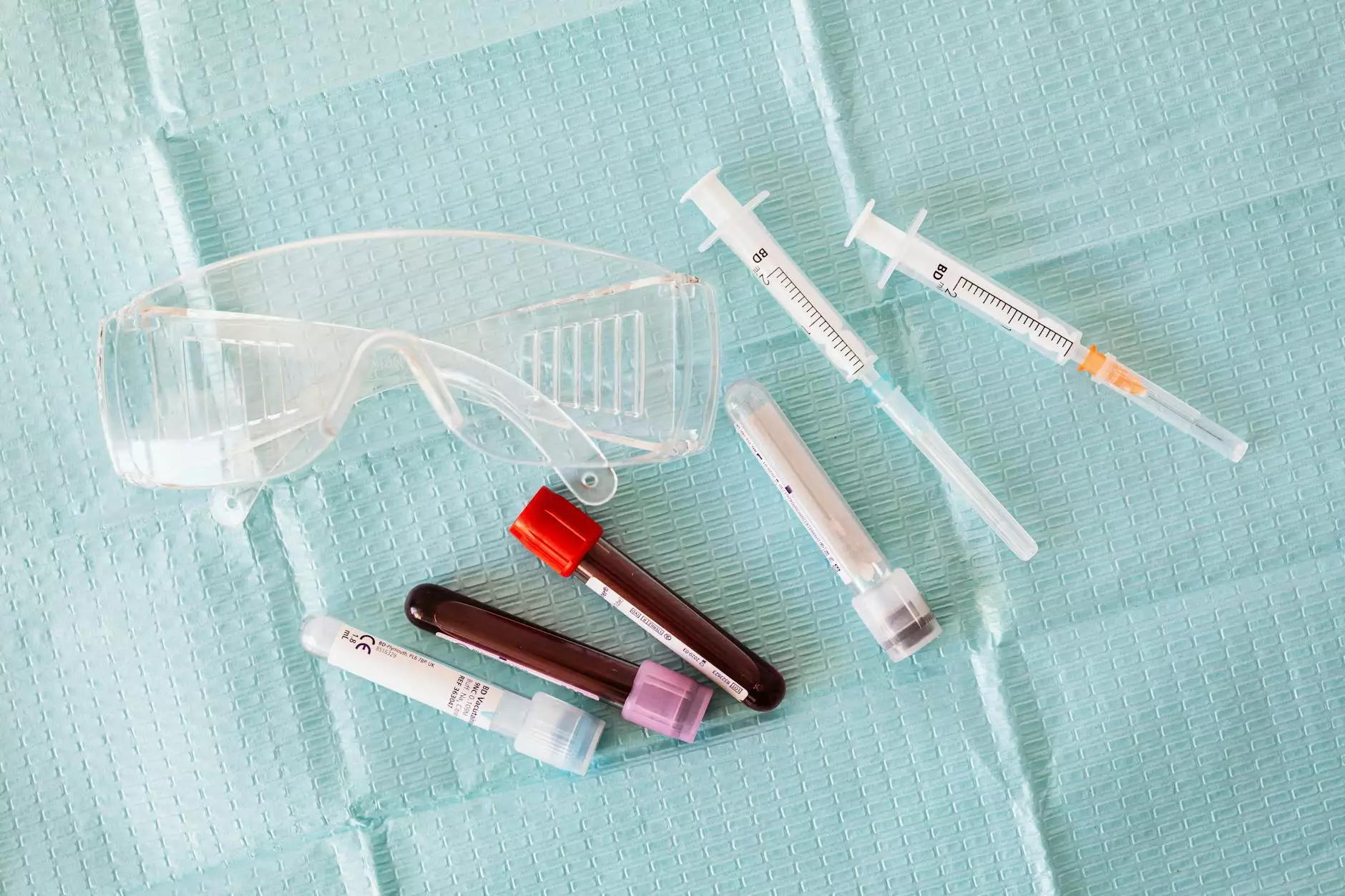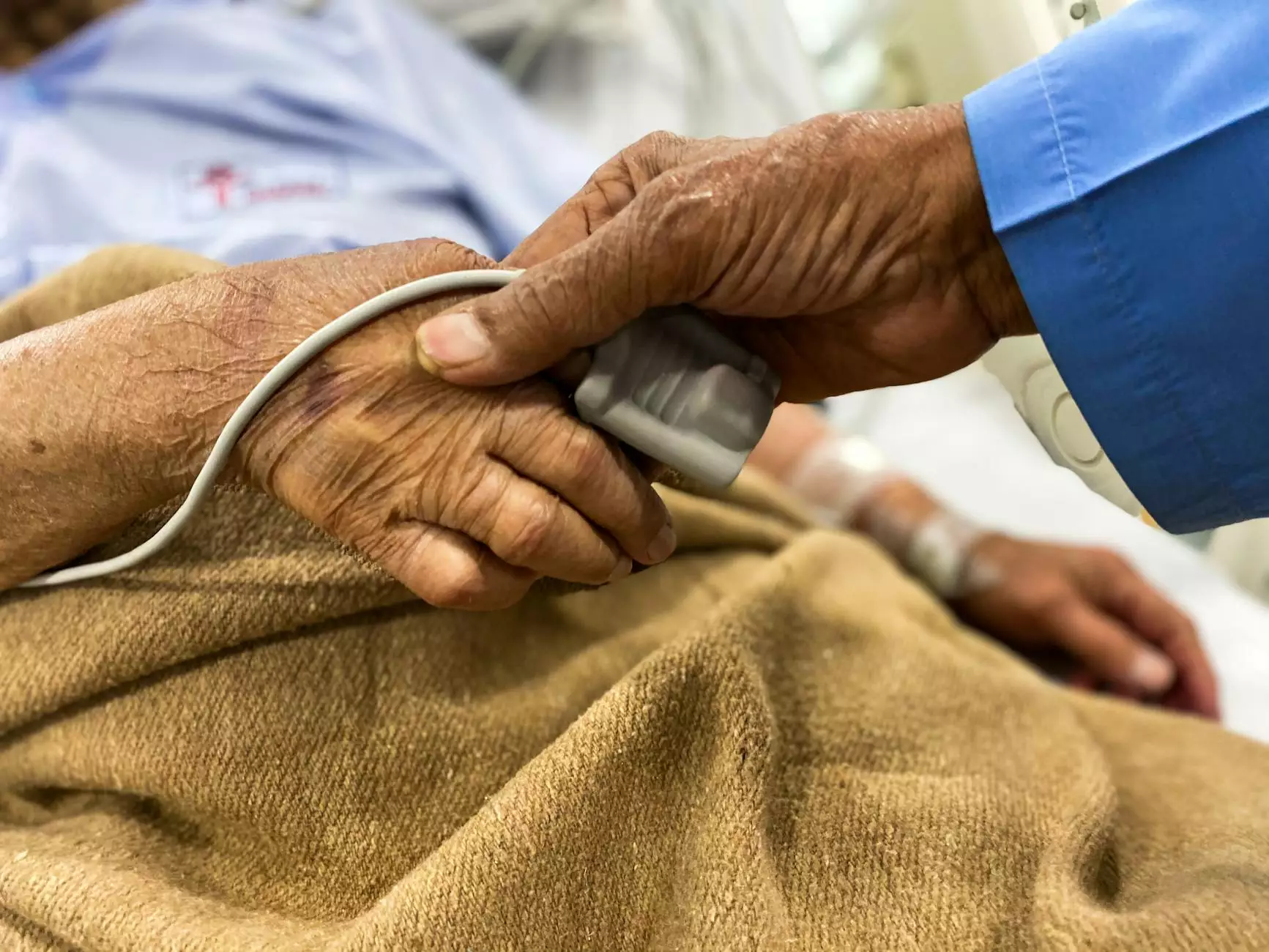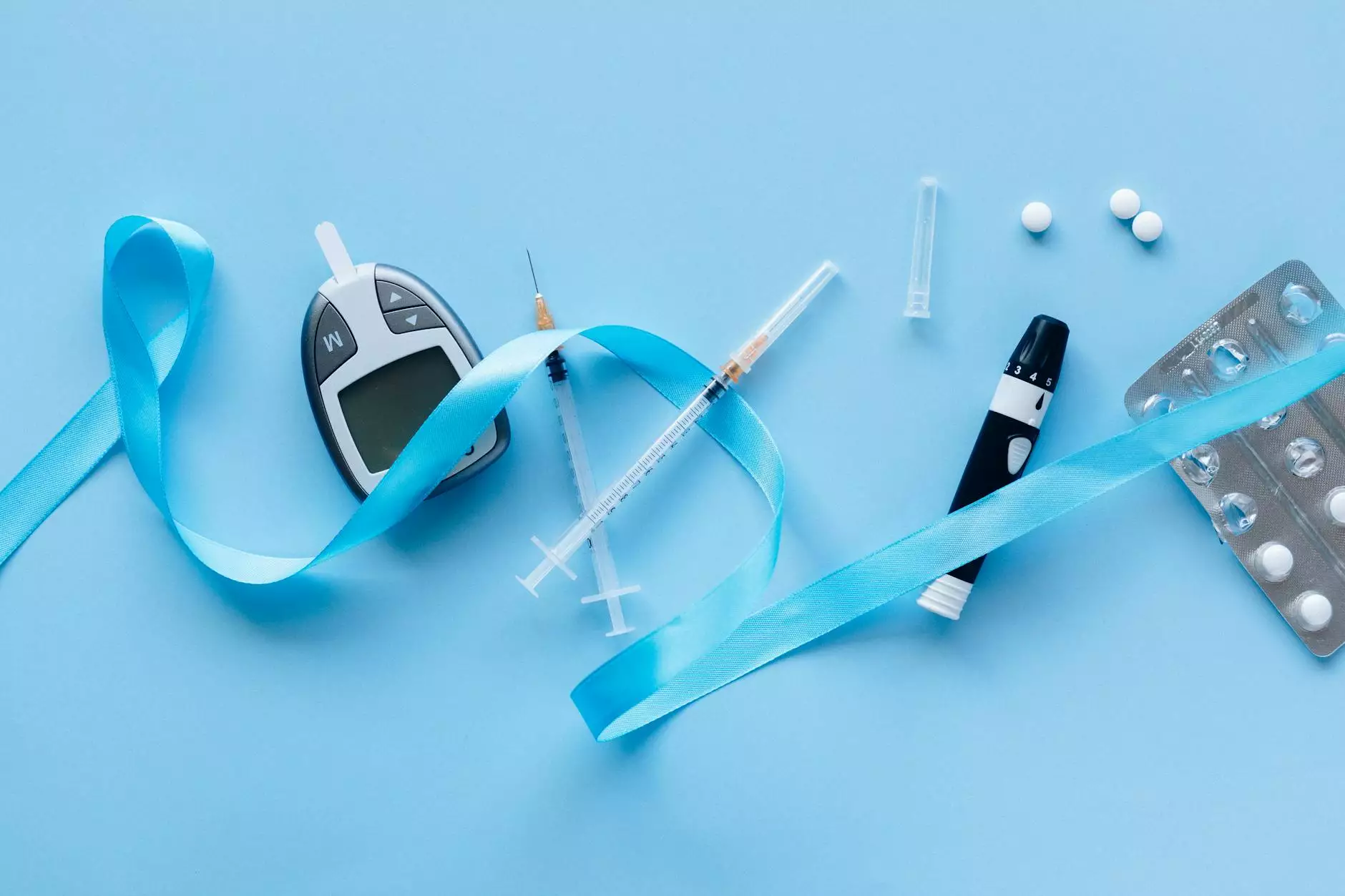Early Symptoms of Deep Vein Thrombosis

Introduction
Deep Vein Thrombosis (DVT) is a serious medical condition that occurs when a blood clot forms in a deep vein, usually in the legs. It is essential to be aware of the early symptoms of DVT, as prompt medical attention can prevent complications and improve outcomes. In this article, we will discuss the common early signs of DVT and provide valuable insights into vascular medicine at the Vein Center of Arizona.
Understanding Deep Vein Thrombosis
Deep vein thrombosis, also known as DVT, is a condition characterized by the formation of blood clots in the deep veins of the body. These clots can obstruct blood flow, causing inflammation, pain, and potentially serious complications if left untreated. While DVT can affect anyone, certain risk factors increase the chances of developing the condition.
Early Symptoms of Deep Vein Thrombosis
Recognizing the early symptoms of DVT is crucial for timely diagnosis and treatment. While some cases of DVT may initially present with no noticeable symptoms, patients can often experience the following warning signs:
1. Leg Pain and Swelling
One of the most common early symptoms of DVT is pain and swelling in the affected leg. This pain is often described as a cramp or a soreness that may start in the calf and worsen over time. The leg may also feel warm to the touch.
2. Redness and Skin Discoloration
Deep vein thrombosis can cause redness and skin discoloration, known as erythema, in the affected leg. The skin might appear reddish or have a bluish tint due to poor blood circulation caused by the clot.
3. Warmth and Tenderness
The affected leg might feel warm and tender to the touch. This increased warmth is a result of inflammation caused by the blood clot obstructing normal blood flow.
4. Visible Veins
In some cases, the affected leg may develop prominent or bulging veins due to the blood clot present within the deep veins. These visible veins can indicate an underlying issue and warrant medical attention.
5. Painful Walking
Walking can become painful when deep vein thrombosis is present. Patients often experience discomfort or sharp pain while walking or bending the affected leg.
When to Seek Medical Help
If you observe any of the aforementioned early symptoms of deep vein thrombosis, it is vital to seek immediate medical assistance. DVT can have potentially severe complications, including pulmonary embolism, where the clot dislodges and travels to the lungs. At the Vein Center of Arizona, we have a team of expert doctors specializing in vascular medicine who can provide comprehensive care for DVT and related conditions.
Vascular Medicine at Vein Center of Arizona
Vein Center of Arizona is a leading medical facility focused on providing advanced vascular medicine services. Our team of experienced doctors specializes in the diagnosis, treatment, and prevention of various vascular conditions, including deep vein thrombosis. We offer state-of-the-art diagnostic procedures, innovative treatments, and personalized care plans to ensure the best outcomes for our patients.
Conclusion
In conclusion, recognizing the early symptoms of deep vein thrombosis is crucial for prompt medical intervention and better outcomes. If you experience leg pain, swelling, redness, increased warmth, or other concerning signs, it is essential to seek timely medical help. At Vein Center of Arizona, our expert doctors in vascular medicine can provide comprehensive care and tailor treatment plans to your specific needs. Don't wait - prioritize your vascular health and contact us today.









